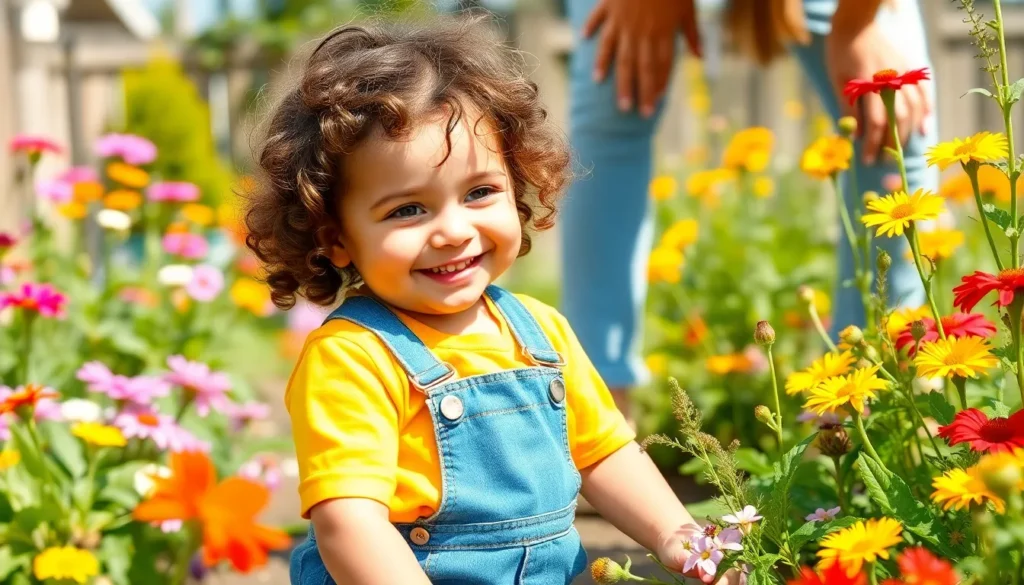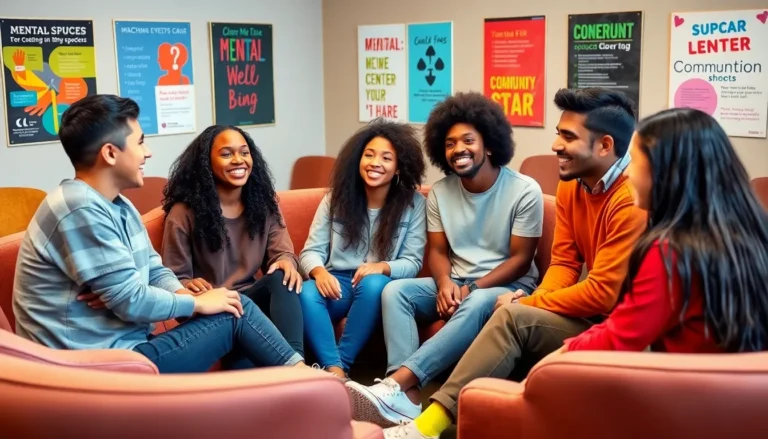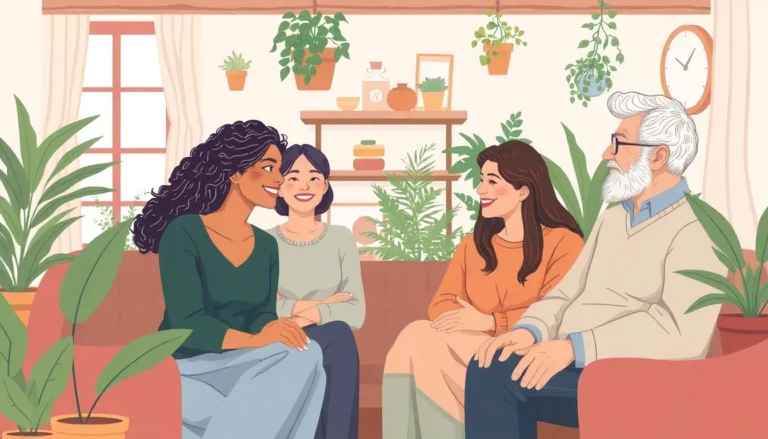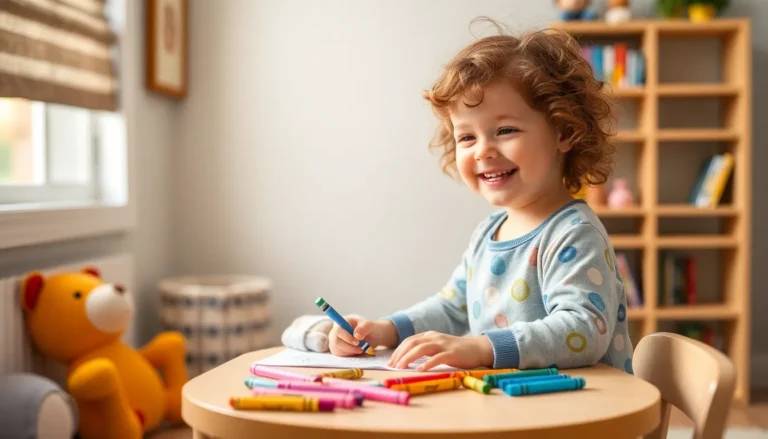Table of Contents
ToggleIn a world where toddlers can identify cartoon characters faster than they can say “eco-friendly,” it’s time to harness that enthusiasm for a greater good. Toddler environmental learning isn’t just a cute trend; it’s a vital step towards raising a generation of eco-warriors. Imagine little hands planting seeds while asking, “Why do trees need hugs?” It’s both adorable and essential for their future.
As parents and educators, the challenge lies in making environmental education fun and engaging. With a sprinkle of creativity and a dash of humor, kids can learn about recycling, conservation, and the wonders of nature without even realizing they’re being schooled. So, buckle up for a journey where tiny feet tread lightly on the planet, and giggles echo through green spaces. Let’s dive into the playful world of teaching toddlers about the environment and watch them bloom into mindful stewards of the Earth.
Understanding Toddler Environmental Learning
Environmental learning for toddlers focuses on introducing concepts that foster a sense of responsibility towards nature. Engaging activities can create an early love for the planet. Interactive experiences like nature walks or gardening promote discovery and curiosity. Simple conversations about the environment shape a child’s understanding of their surroundings.
Parents play a key role in this process. They can read books filled with engaging illustrations about wildlife or ecosystems, making learning enjoyable. Discussions about simple actions, such as recycling or turning off lights, help instill positive habits early on. Utilizing songs or rhymes that emphasize environmental themes captures toddlers’ attention effectively.
Educators also contribute significantly. By incorporating hands-on projects, teachers create memorable learning experiences. Projects like building birdhouses or planting trees provide tangible interactions with nature. Such activities cultivate environmental consciousness through teamwork and collaboration.
Children learn through observation. Watching parents and peers practice eco-friendly behaviors reinforces these lessons. Taking part in community clean-up events exposes them to industry practices and respect for the environment. Consistent exposure to green initiatives helps embed these values deep in their minds.
Development of problem-solving skills occurs when toddlers face environmental challenges. Engaging in discussions about local pollution or habitat loss helps them understand consequences. By asking open-ended questions, caregivers encourage critical thinking about solutions. This approach ensures that children think creatively about future challenges they may encounter.
Through diverse methods and interactions, toddler environmental learning evolves into a lifelong commitment. Early education serves as the foundation for future eco-consciousness, as children develop a natural affinity for nature.
Importance of Early Environmental Education
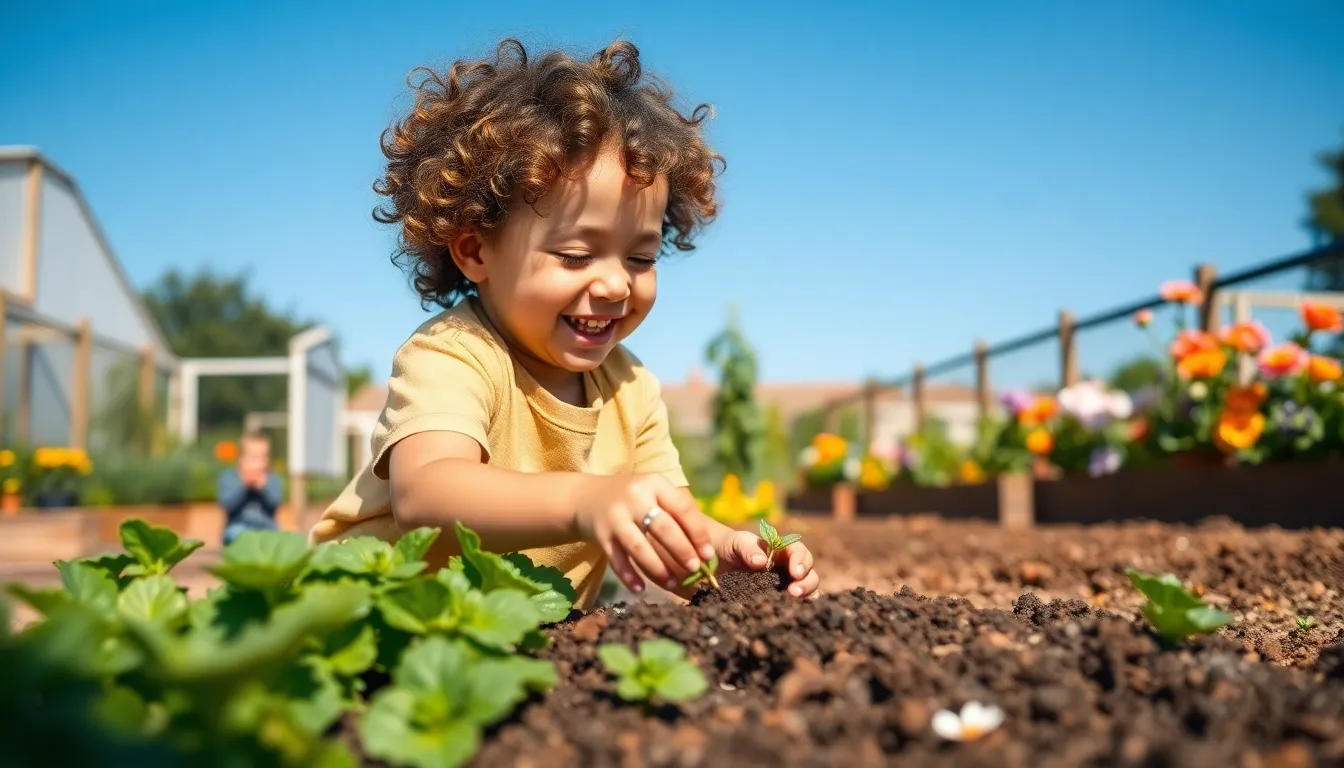
Early engagement in environmental education shapes a child’s awareness of the planet. This foundational knowledge nurtures responsibility and stewardship from a young age.
Cognitive Development Benefits
Cognitive growth in toddlers benefits immensely from environmental education. Exposure to nature enhances critical thinking skills, fostering curiosity about the environment. Hands-on activities like gardening stimulate problem-solving abilities by challenging children to find solutions. Engaging with natural surroundings also boosts creativity as toddlers explore various textures, colors, and sounds. Through activities like observing wildlife or participating in community clean-ups, children learn cause and effect. This experiential learning cultivates a deeper understanding of ecological concepts, laying the groundwork for lifelong knowledge.
Emotional Connections to Nature
Emotional ties to nature form a vital part of early environmental education. Children’s interactions with the natural world foster empathy towards living creatures. Experiences like nurturing plants or observing animals create bonds that strengthen their appreciation for nature. These connections promote well-being, reducing stress and anxiety through outdoor play. Young children who regularly explore their environment develop a sense of belonging. Through stories and shared experiences, parents and educators can enhance these emotional ties, encouraging a lasting love for the planet. Such affinity sparks a commitment to environmental advocacy as they grow older.
Effective Methods for Teaching Toddlers
Fostering environmental learning in toddlers can be achieved through engaging and interactive methods. Early experiences with nature contribute significantly to developing eco-conscious behaviors.
Hands-On Activities
Engaging toddlers in hands-on activities enhances understanding of environmental concepts. Activities like gardening allow children to connect with plants and learn about growth cycles. Building birdhouses offers practical lessons about wildlife habitats. Art projects using recycled materials demonstrate the importance of reusing items creatively. Through tactile experiences, toddlers grasp abstract notions like sustainability, fostering responsibility towards the environment.
Nature Walks and Exploration
Nature walks provide invaluable opportunities for toddlers to observe their surroundings. Walking in parks or forests introduces children to diverse ecosystems and wildlife. Observing plants and animals encourages curiosity and questions about nature. Collecting leaves or rocks fosters a sense of discovery and ownership in the learning process. Engagement with the natural world nurtures appreciation for biodiversity and inspires an ongoing interest in environmental stewardship.
Role of Parents and Educators
Parents and educators share a vital role in environmental learning. They nurture children’s understanding of nature and encourage eco-friendly habits from an early age.
Creating Supportive Learning Environments
Supportive environments foster a sense of safety and exploration. Parents can set up dedicated spaces for nature activities, allowing children to interact with plants and animals. Educators enhance lessons with engaging materials, such as books and hands-on projects, to capture children’s attention. Incorporating natural elements into the classroom makes learning feel more connected to the real world. Classes can embrace outdoor learning, where students experience lessons in gardens or local parks. These settings create opportunities for shared experiences that deepen emotional bonds with nature.
Encouraging Curiosity and Inquiry
Curiosity thrives when parents and educators model questioning behavior. Asking open-ended questions inspires toddlers to explore their surroundings. Parents might prompt discussions about different plants or animals found during outdoor activities. Educators can lead experiments that spark wonder, such as observing how seeds grow over time. Providing tools like magnifying glasses or collecting natural objects encourages exploration and discovery. These hands-on experiences promote critical thinking, as children learn to connect their observations to broader environmental concepts. Simple inquiries about how to protect nature can plant the seeds of lifelong curiosity and environmental stewardship.
Fostering a love for the environment in toddlers sets the stage for a more sustainable future. By engaging young minds through hands-on activities and immersive experiences, parents and educators can cultivate a sense of responsibility and curiosity toward nature. These early lessons not only enhance cognitive development but also nurture emotional connections to the planet.
As children explore and learn about their surroundings, they develop critical thinking skills that empower them to address environmental challenges. This foundation encourages lifelong eco-consciousness, ensuring that future generations are equipped to advocate for the health of the Earth. Embracing creative approaches to environmental education will inspire a new wave of mindful caretakers dedicated to preserving the planet for years to come.

